INTRODUCTION
Having evolved from the humble gunboat in the latter half of the 20th century, the missile boat gained notoriety through its massive successes in the Egypt-Israel war of 1967 and the Indo-Pak war of 1971. Here it was proved that a small 200-ton boat, equipped with cruise missiles can wreak havoc on larger warships and land targets. A missile boat-boom followed, and countries all over the world scrambled to acquire this marvelous piece of technology, which was so small, yet so powerful.
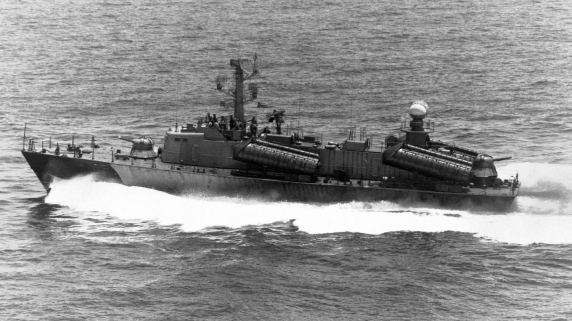
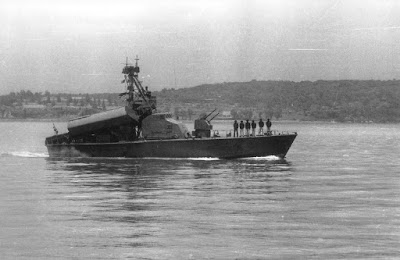
It was a true David vs Goliath scenario as countries with smaller budgets scrambled to acquire dozens of such boats in order to gain an upper hand over their enemies with larger budgets and bigger toys. The missile boats were popular with even some powerful militaries, as they considered them to be a means of augmenting their fleet numerically, without spending a bombshell on larger platforms. The Soviet Union, having pioneered and perfected the missile boat, sold them countries around the world, resulting in many countries developing their own, thereby changing the face of naval surface warfare.
WHAT EXACTLY IS A MISSILE BOAT?
There is no fixed definition for such a ship. They are interchangeably called missile boats and corvettes all over the world and such a usage are widely accepted. Hence Defencyclopedia defines a modern missile boat as
A vessel displacing less than 1000 tonnes, having a high speed, carrying 4-16 cruise missiles to attack surface and land targets.
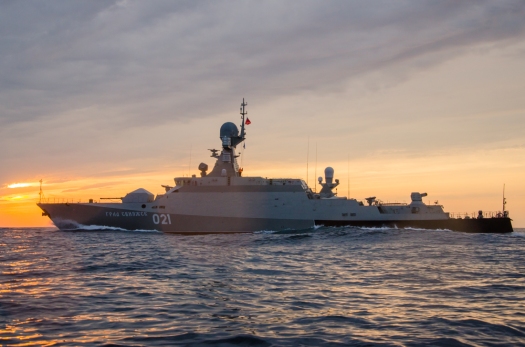
Usually, these boats are less than 90 m long, have a small/medium caliber main gun and secondary guns to complement their main armament of cruise missiles. They do not have sophisticated electronics and have a search radar to scan for targets along with a missile guidance radar. Missile boats can be considered as ‘hitmen’ as they come, strike and return, with impunity. Despite being puny, they can sink vessels 10 times their size. But if you look at the other side of the coin, missile boats can end up as vulnerable targets and the war can quickly turn into a turkey shoot if the missile boats aren’t using proper attack tactics.
ROLE OF SMALL MISSILE CORVETTES

The primary role of the small missile corvette is to act as a floating launcher for cruise missiles. Since these ships are designed to be inexpensive, they are not usually equipped with sophisticated sensors or defensive systems. Their speed and small size are their biggest strength, as it allows them to reach an area quickly, fire its missiles and exit the area while being tough to detect on radar.
The Soviet Union developed and fielded hundreds of missile boats in order to give them an edge over the American carrier fleet. These boats were designed for coastal defense missions and were organized into brigades, which could unleash over 100 cruise missiles at once on an invading force. Such incredible firepower could annihilate any invading fleet considering the missile defense technology of that time.

Nowadays, navies deploy small missile boats to complement the firepower of their larger vessels. The advent of small land attack cruise missiles has given missile boats a different dimension of capability. The platform designed to engage targets 50 km away initially, can now engage targets 2500 km away if equipped with the right missile.
ADVANTAGES
Ease of operation
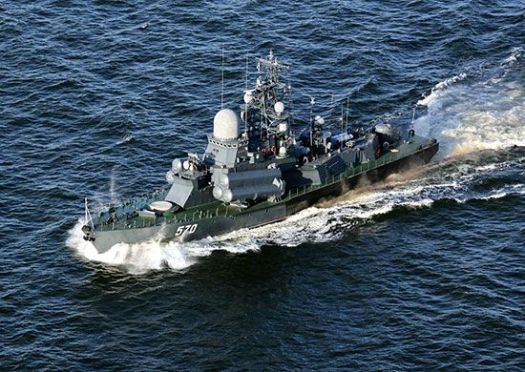
Any navy can procure and operate them. Even a moderately trained crew can cause massive damage in a confined littoral environment with the right vessel equipped with the right missile. Modern fire and forget missiles have made the task even easier. Also, since these missile boats are small, they can be deployed from any small port or harbour.
Firepower multiplier
The overall firepower of a fleet can be augmented by a bunch of missile boat. Consider a frigate armed with 8 cruise missiles used for defensive duties. If it is accompanied by 4 missile boats, each also armed with 8 cruise missiles, it will add the firepower of 4 more frigates, without the additional investment.
Cost effective
For the price of 1 fully equipped modern destroyer having 16 cruise missiles, China builds and deploys 25 missile boats having a total of 25 x 8 = 200 cruise missiles. Missile boats are incredibly cost effective as cruise missile launch platforms and countries can easily afford to operate them by the dozen if there is a need to do so.
Small size
A small size allows the missile boat to blend with its surroundings and disappear among the hundreds of fishing and commercial boats on the enemy’s radar screen. It is also an advantage in a cluttered island environment, where larger vessels cannot maneuver easily.
High speed
We may thank that a warship’s speed makes no difference in this age of supersonic missiles and high-powered radars. But a high-speed dash capability allows a missile boat to escape from trouble very quickly. An enemy submarine may engage the attacking missile boat, and top speeds of 40-45 knots will permit the missile boat to outrun the chasing torpedo and submarine. This however possible only if sufficient early warning is provided. High-speed maneuvers also make missile boats difficult target using subsonic anti-ship missiles.
Expendability
Although no military would officially acknowledge this, missile boats are treated as expendable assets. They are inexpensive, carry less crew and take on high-risk missions with minimal or no protection in many cases. The expendable nature of a missile boat allows military planners to make bold decisions with very high stakes, which they would not make if they were at risk of losing an expensive capital ship.
LIMITATIONS
Hopelessly vulnerable to submarines

All surface warfare corvettes lack submarine defenses and are extremely vulnerable to an underwater attack. A modern submarine launched torpedo could disintegrate these sub-1000 ton boats without any trouble. Hence missile boats always need an anti-submarine escort in the form of an ASW vessel, submarine or ASW aircraft.
Minimal/Non-existant air defense
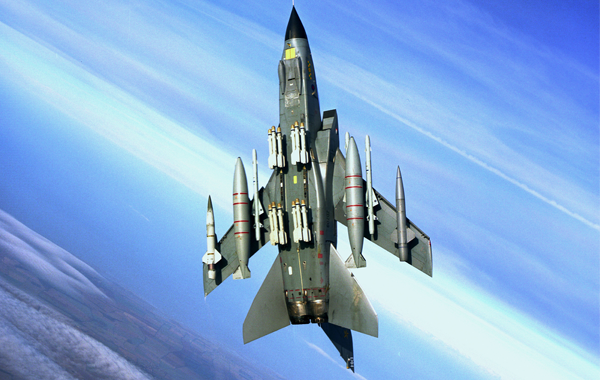
Aircraft armed with anti-ship missiles or even small air to ground missiles would be the nightmare of any missile boat captain. Some of these boats, however, are equipped with anti-aircraft guns and shoulder-launched missiles which offer mediocre defense against anti-ship missiles. However, newer missile boats are increasingly having better air defenses which allow them to survive an enemy counter attack.
Short range
Since the missile boats are designed to be small and to operate close to shore, they have an endurance which limits them to short range operations. Most missile boats cannot be deployed more than a few hundred kilometers beyond their base. This was one of the driving factors behind the emergence of larger missile boats in the 700-1000 ton category, which offer a semi-blue water performance.
Small low-power radars
A missile boat may carry a cruise missile capable of targeting ships at 200 km, but if the boat’s search radar has a limit of 100 km, then the potential of the missile is wasted. In such a situations, offboard sensors such as helicopters, maritime patrol aircraft, and UAVs are used for targeting. Most missile boats have this limitation while attacking surface ships, but while attacking land targets using pre-defined coordinates, small radars won’t be an issue.
OFFENSIVE SCENARIO
The scenarios depicted may be based on actual events or hypothetical situations.
Scenario 1 :

A major crisis looms in a certain country in the middle-east. Russia decides to attack enemy installations from a safe distance. They deploy a flotilla of Buyan-M corvettes armed with 8 x Kalibr land attack cruise missiles each. These ships fire off a salvo and the missiles travel 1500 km to hit their target with pinpoint accuracy. The 2500 km long range of the missile enables the short range corvette to stay in its territorial waters and still attack targets over a thousand kilometers away.
Scenario 2 :
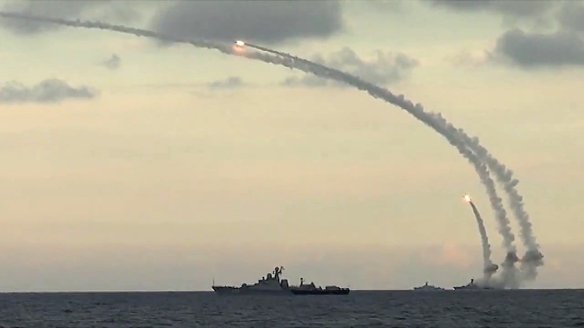
Your enemy is a neighbouring state whose coastline is close to yours. You send a fleet of missile boats on a hit and run mission to fire their complete missile batteries at the enemy harbours and the ships docked there. The coastal factories, refineries, and offshore oil rigs are targeted in a coordinated missile boat strike. Such an attack is usually accompanied by airpower and submarine escorts for protection, targeting, and additional impact.
DEFENSIVE SCENARIO
Scenario 1 :
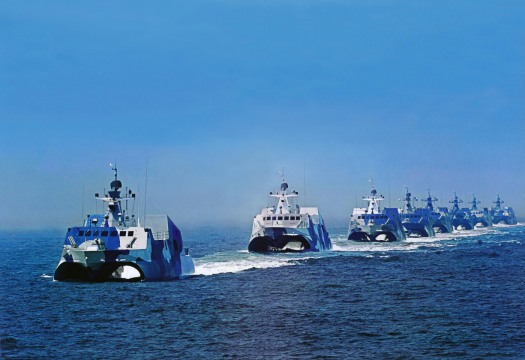
China is in a naval standoff in the south China Sea with the US Navy. American carriers are moving closer to Taiwan along with their battle group comprising of a dozen destroyers. China decides to halt this advance, but US Navy airpower is very powerful and they can’t risk losing planes. A flotilla of 24 Type-22 missile boats is sent on a high-speed hit and run mission with 4 Type 54A frigates and 2 Type-52C destroyers as escort. The flotilla fires 24 x 8 =192 missiles at the American warships and goes back. Realistically, the missile boats will be destroyed by enemy submarines if the Chinese don’t have their own submarines and aircraft to act as escorts. Such missions usually end being a one way trip. This is a typical saturation attack scenario, which the USN is preparing for since the Cold War.
Scenario 2:
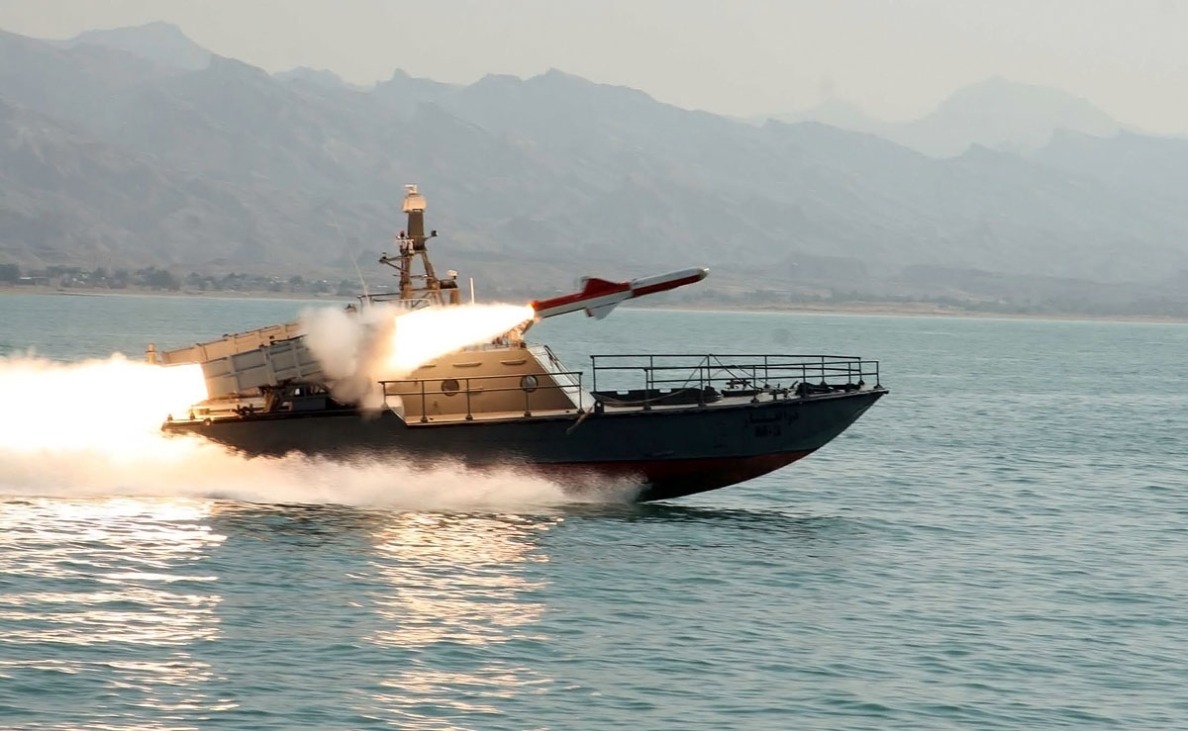
You are a country which has hundreds of islands as a part of your territory. There is an adversary which also lays claim to your territory. If they try to send a naval flotilla with assault ships, landing craft and troops to capture your islands, your missile boats scattered among the islands can launch a surprise and coordinated attack on the enemy amphibious forces. This will result in massive casualties and your adversary will not try to be so adventurous again. However this plan will succeed only if your have air superiority over the region. Or else, it becomes a one way trip for the defending force.
MODERN SMALL MISSILE CORVETTES
Here is a list of some of the modern and modernized missile boats in service around the world as of today. Most of these vessels displace less than 500 tons but are capable of targeting ships at ranges of 100+ km. Some of them even have land attack capability. These vessels will be dealt with in detail in a future article dedicated to analyzing their capabilities individually.
Type- 22 Houbei class [China]
![Image result for Type- 22 Houbei class [China]](https://s-media-cache-ak0.pinimg.com/originals/03/f5/bd/03f5bd9cf6de5fa727d24f69b4143cec.jpg)
Hayabusa class [Japan]
![Image result for Hayabusa class [Japan]](https://defencyclopedia.com/wp-content/uploads/2016/11/f9333-hayabusa_patrol_boat.jpg?w=610&h=328)
Veer class [India]
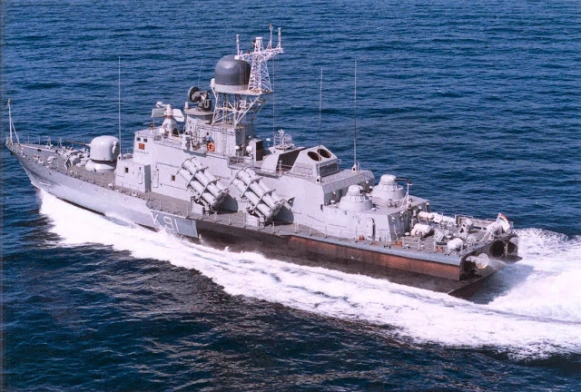
Buyan-M class [Russia]
![Image result for Buyan-M class [Russia]](https://pbs.twimg.com/media/B0DzoWOIgAAdj27.jpg)
Visby class [Sweden]

Skjold class [Norway]
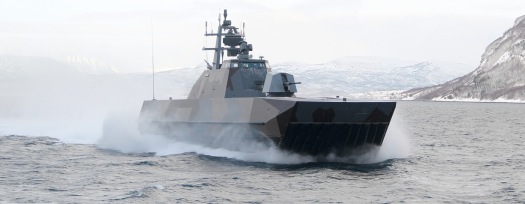
Tarantul IV [Vietnam]
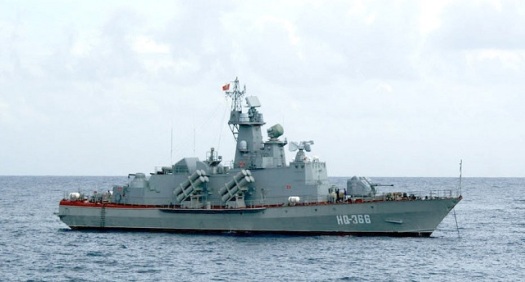
Hamina class [Finland]
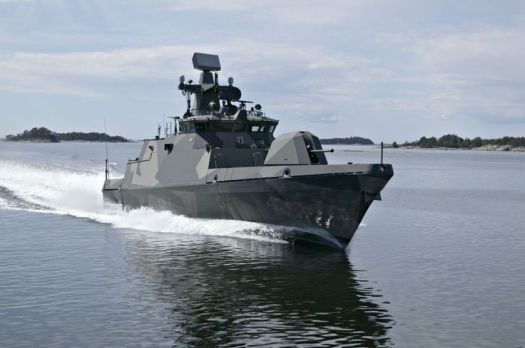
Gepard class [Germany]
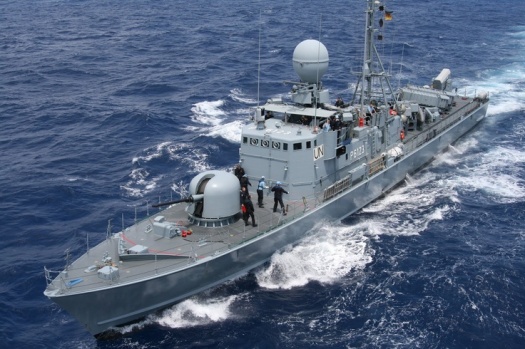
Sa’ar 4.5-class [Israel]
![Image result for Sa'ar 4.5-class [Israel]](https://i0.wp.com/warshipswarships.weebly.com/uploads/2/6/3/5/26352214/119851975.jpg)
Ambassador class [Egypt]
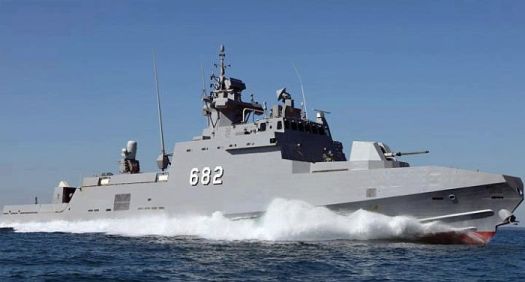
Gumdoksuri-class [South Korea]
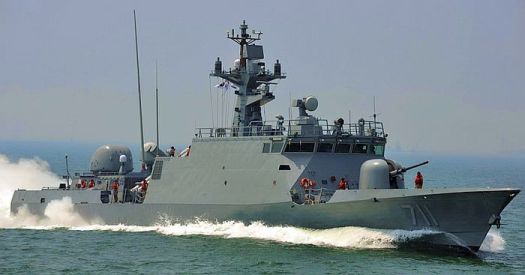
Tuo Chiang-class [Taiwan]
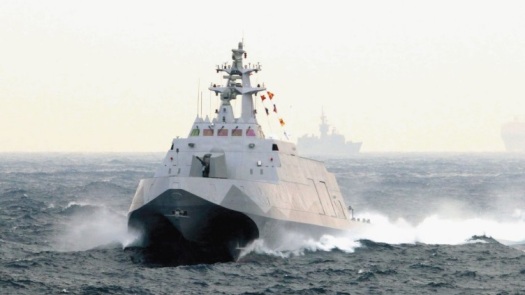
SHIFT TOWARDS LARGER CORVETTES
Although small, heavily equipped missile boats were the flavour of the day during the latter part of the 20th century, the end of the Cold War and the rise of asymmetric threats in distant seas, led to a policy shift with respect to small missile boats. Countries which operated small, heavily armed boats, now preferred larger missile boats with similar armament, but longer range and blue water capabilities. This saw the emergence of missile boats in the 800-1500 ton category, with better electronics and self-defense suites. The word ‘boat’ doesn’t suit such large warships and they are popularly referred to as missile corvettes. These ships now serve along with the smaller missile boats as many countries prefer larger ones for offensive, semi-blue water roles and smaller ones for defensive green water roles.
Countries like China, India and Russia operate larger missile corvettes along with their fleet of smaller missile boats. Let us take China for example. They operate the 1500 ton Type 56 corvette used for longer range duties along with the 220 ton Type 22 missile boat which is designed for short range defensive roles. Russia operates the 800 ton Buyan-M along with their 2000+ ton corvettes. India operates the 1200 ton Kora class along with their 450 ton Veer class. This shows that, even though countries may be moving towards larger vessels, the smaller missile corvette is equally important and remains a part of their naval strategies.
CONCLUSION
- The term ‘missile boat’ may be dying, but the missile boat itself has a bright future.
- Many countries around the world are fielding increasingly more capable and modern designs, and designating them as ‘corvettes’, instead of missile boats.
- These corvettes possess enormous firepower relative to their size and are cost effective.
- The usage of missile corvettes worldwide is seeing an upward trend, and this is only expected to increase in the future.
- The advent of smaller, longer ranged and more lethal missiles will only increase the demand for missile corvettes with many navies.
- The 150-500 ton range missile corvettes still reign supreme in confined waters as they can inflict massive damage.
- The larger missile corvettes are slowly taking over the role of light frigates. They will dominate the littoral and semi-blue water battlespace.
Enjoyed reading the article? Do rate it below
Related Content by Defencyclopedia
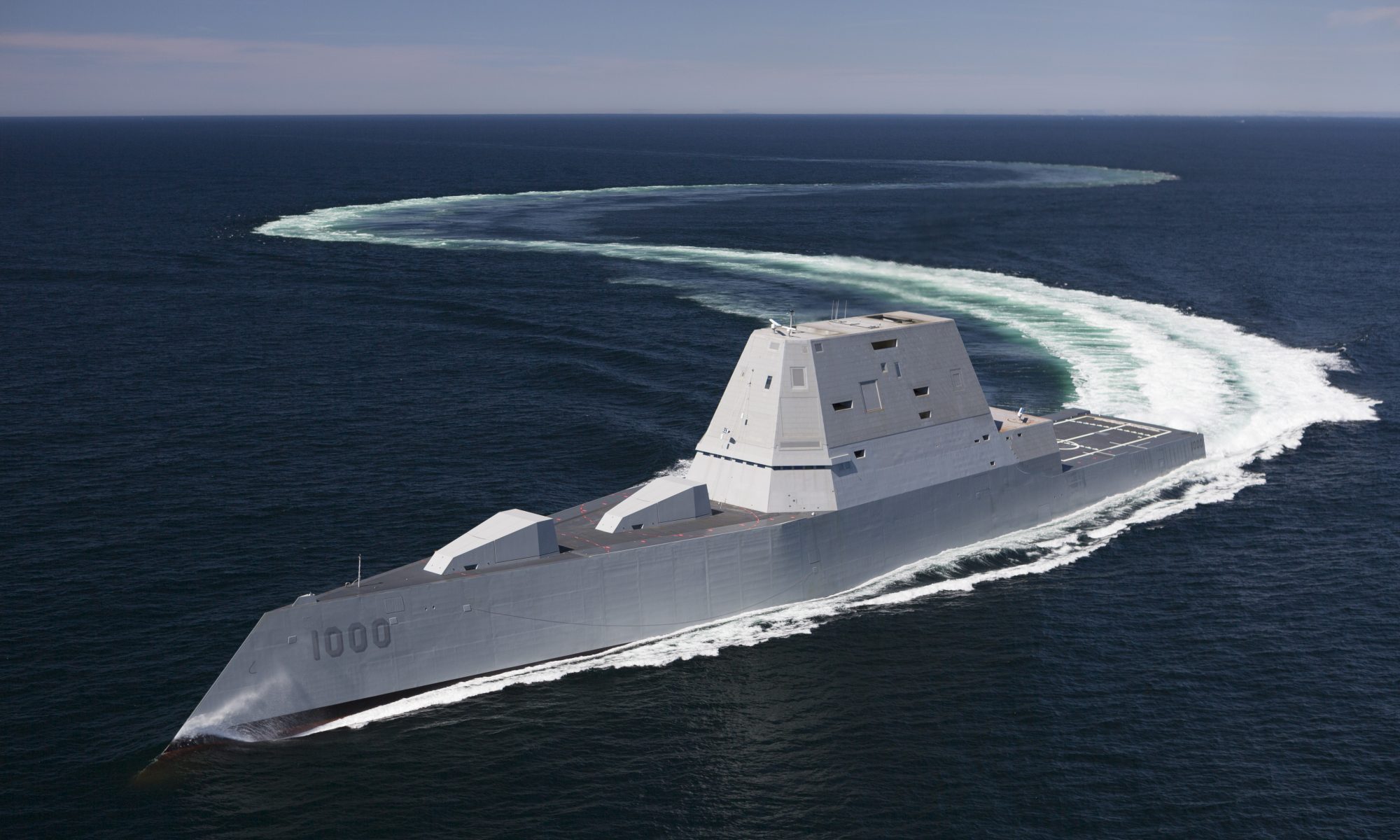



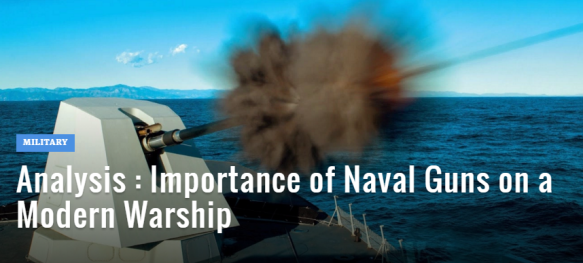
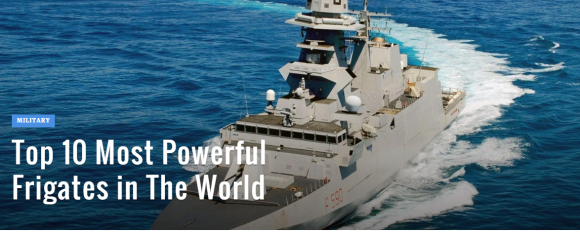
Great article…good job! Keep it going!
LikeLiked by 1 person
Thank you 🙂
LikeLike
Dear NRP,
Like always a well researched and well written and informative article. For us in India, the devastating power of the missile boat was amply demonstrated by the Indian navy in the 1971 war with operation Trident which can be termed as the most successful operation ever undertaken by IN. Once again, thanks for such a wonderful article.
LikeLiked by 1 person
Thank you. Yes, that was a really successful operation. A top quality one at that, because no casualties were inflicted on the attacking force.
LikeLiked by 1 person
Great Article ! Battle Tactics.
LikeLiked by 1 person
Thank you
LikeLike
Very nice article. Article gives deep insight into the subject and makes the decision maker to think seriously about having them many.
LikeLiked by 1 person
Thank you
LikeLike
hi, i’m from philippines. this should be read by our navy officers as this will help them analyse what we really need. recently we are negotiating for 2 frigates from s. korea – though it’s good because we really lack heavy naval ships capable for minimum credible defense. but i believe with our minimal defense budget, we should invest on corvettes with missile capability in the future, as this will help us to have more at an affordable price.
by the way, great article and i’m always anticipating your next write ups.
LikeLiked by 1 person
Thank you
LikeLike
Informative and good as always
LikeLiked by 1 person
i understand, russia has 1850 tons corvette more power packed than our colcatta class 7500 tons frigates.
LikeLike
No. I’m afraid you’re mistaken. The 2400 ton Russian corvettes have a fraction of the armament of Kolkata class.
LikeLike
Great article!
Can you tell me the type of boat we first see in the article?
Also, when you state that the Tornado could “destroy” 12 missible boats with the payload that is in the picture, are you refering to, what I presume to be, unguided bombs on its underbelly? If so, don’t you think it would be kind of a strech to say that a jet could obtain a mission kill on a fast moving (40kts+) target that is taking evasive action? Wouldnt the jet have almost better chances of obtaining a kill by doing straffing runs with its main cannon?
Thanks a lot
LikeLiked by 1 person
Thank you Nathaniel.
The boat on the cover is a Norwegian Skjold class.
The tornado is equipped with 12 Brimstone guided missiles under its belly. These missiles are fast and accurate. They would have no problem targeting a missile boat.
To strafe with a cannon, a jet must get too close. This will expose it to the guns on the missile boat. So it’s not a good idea.
LikeLike
N.R.P. what is UVLM ? Ultra-Vertical launch ……… (M- no idea) and How it works ?
LikeLike
It’s a universal vertical launcher module. That means the cells in the VLS can carry different varieties of missiles.
LikeLike
Ok, Thanks, but 1 question, On Indian destroyers why Barak-8 have VLS and Brahmos have UVLM ?
LikeLike
Brahmos VLS can fire Brahmos and Klub family of missiles. Hence UVLM. Barak-8 cells can fire only Barak.
LikeLike
Thx for reply
LikeLike
Anytime 🙂
LikeLike
A comprehensive and yet succinct article on Missile Boats. I look forward to more. 🙂
LikeLiked by 1 person
Thank you
LikeLike
Yet another excellent article. As always.
But, there is actually no way in this world that such ships can survive without absolute air superiority. A Super Hornet would eat those things for lunch. Also the notion that 200 ASMs would even challenge a flotilla of 12 Arleigh Burke destroyers is laughable. Even if they were attacked by 200 Bramos super sonic missiles fired simultaneously those 12 Aegis systems should emerge with minimal damage. Those ships are what S-500 missile batteries want to be once they grow up. They are bad assed and their fire controls are networked together.
LikeLike
Thank you. The scenario of the mass missile attack is something which the Soviets had formulated. Laughable or not, that’s the way they would have responded to any American aggression. And there’s no guarantee of shooting down all those missiles no matter how advanced your missile defences are.
LikeLike
N.R.P. Kolkata class INS Chennai destroyer deployed today with new decoy system ‘Kavach’. can you write 1 article about latest upgrades in different destroyers ?
LikeLike
Kavach has been deployed from the first ship of the Kolkata class.
LikeLike
Ok, Thanks.
LikeLike
seems like the ships made in india like the shivaliks, kamortas,kolkatas and vishakapatnams are under armed. i understand that the displacement of those ships were increased to increase the ships range. but i think that during their upcomming refits, they would be armed with increasing number of missiles. for example, in a 8k tonne ship, 32 baraks wont do since enemy will take these few ship s as priority. what do you say.
always admiring your work. keep it up. 👍
LikeLike
Just a reminder, the FPB’s and Corvettes that have small hulls, low draft and are very maneuverable are hardly a torpedo target. Some of the FPB’s and Corvettes are also driven by water-jet and not propellers making them even harder for the submarines to target and neutralize them with torpedoes.
Scenario 2: FPB’s and Corvettes operating close to the shoreline and among many small islands like in Finland, Sweden and Norway have fairly good coverage from the air, and it would be very hard for an aircraft to take them out while they are hiding in camouflage- and attack positions. During the cold war, tests showed that helicopters searching for FPB’s sometimes had to get closer than 1000yards to discover a camouflaged FPB, well within range for 40mm, 57mm, 76mm gun and Surface to Air Missile Systems. Looking forward to your follow on article!
LikeLiked by 1 person
Again, fighters and submarines WILL eat missile boats for lunch
LikeLike
Another problem with trying to fight a CBG with a swarm of missile boats is if the USN decides to put a couple of Super Hornets in the air and rain on the enemy flotilla’s parade
LikeLike
Do you believe this concept of small Corvettes (or large missile boats) is useful in South Atlantic scenario? I see them as good force multiplier for the existing frigates in the region and the vulnerability to submarines and aircraft is less important
LikeLike